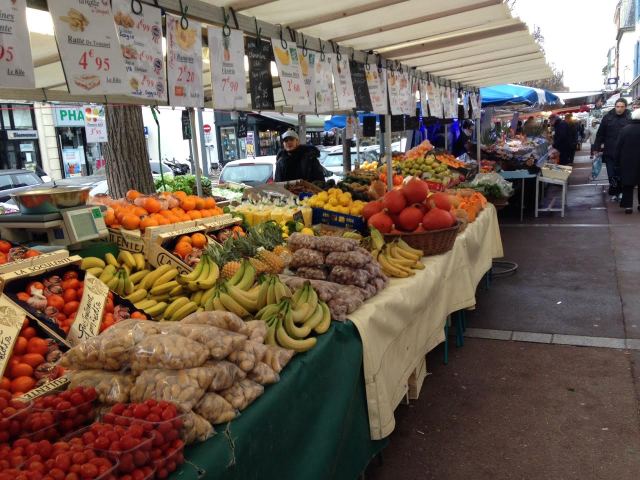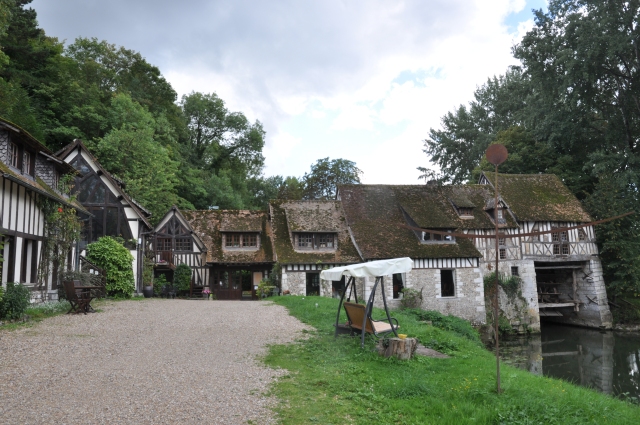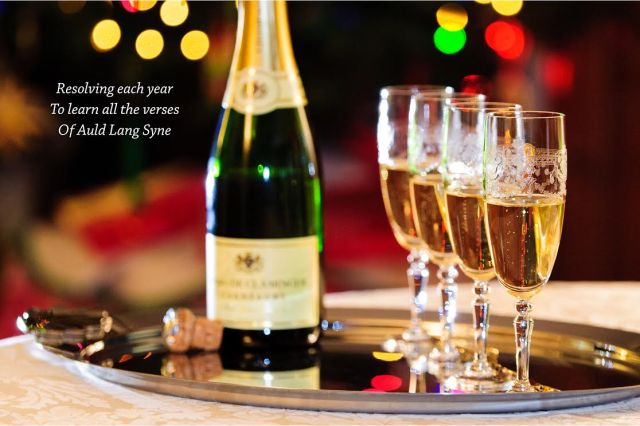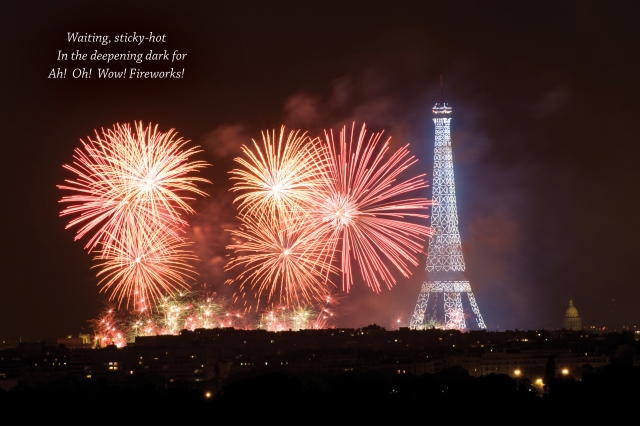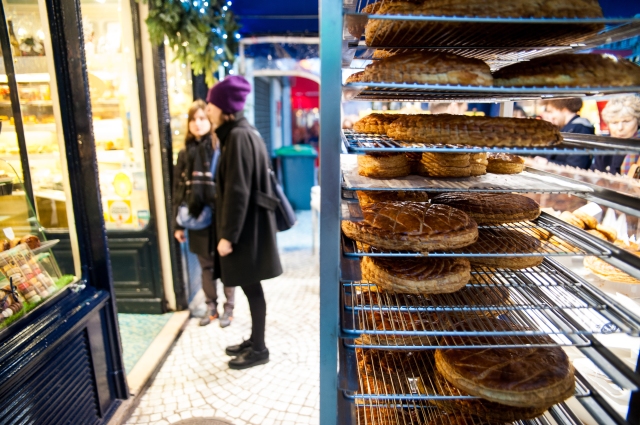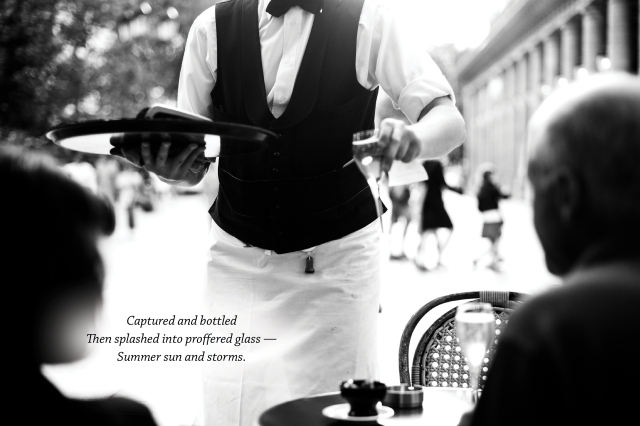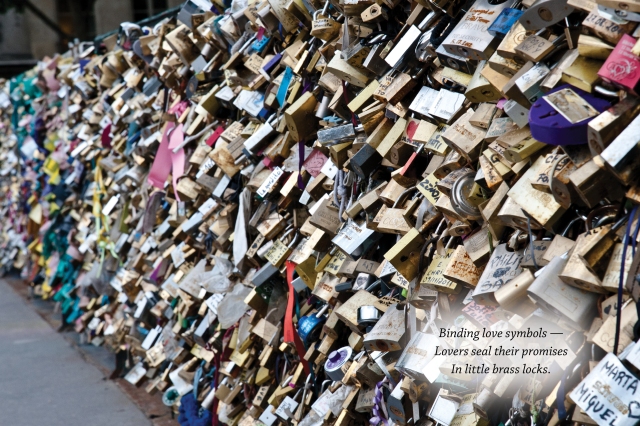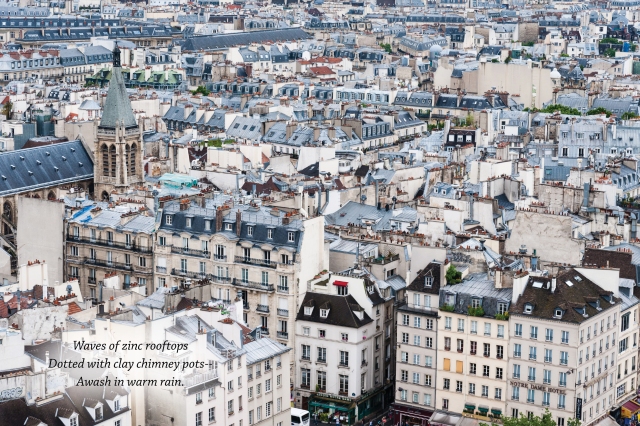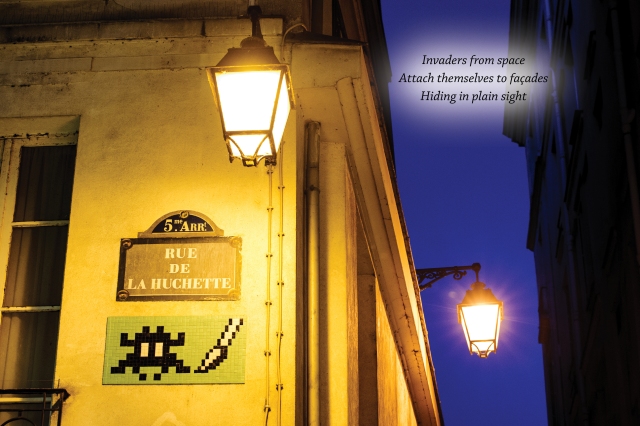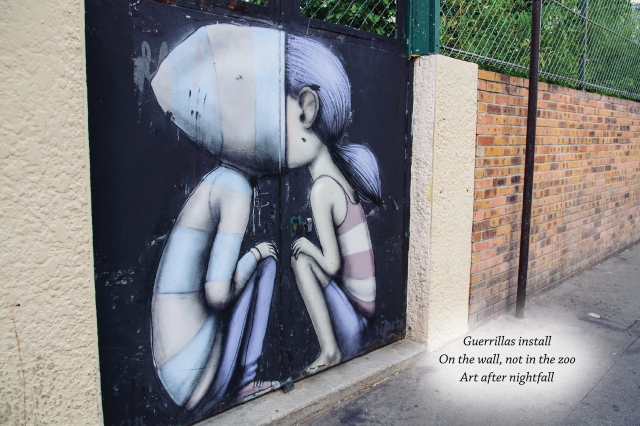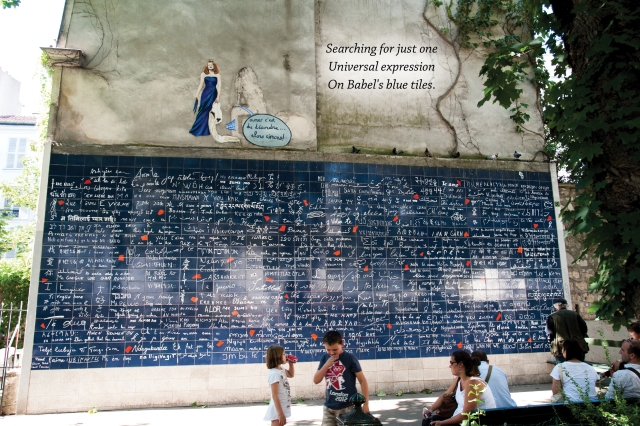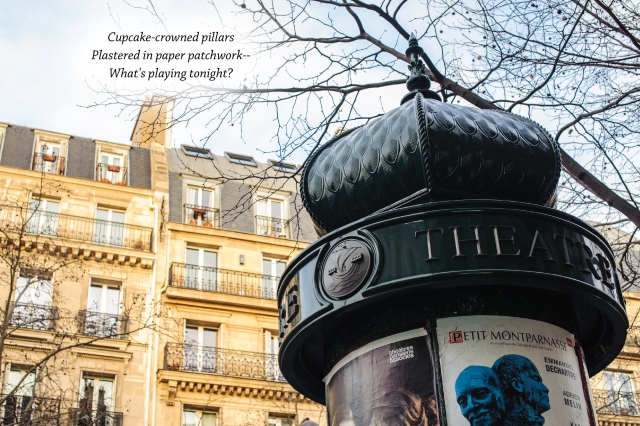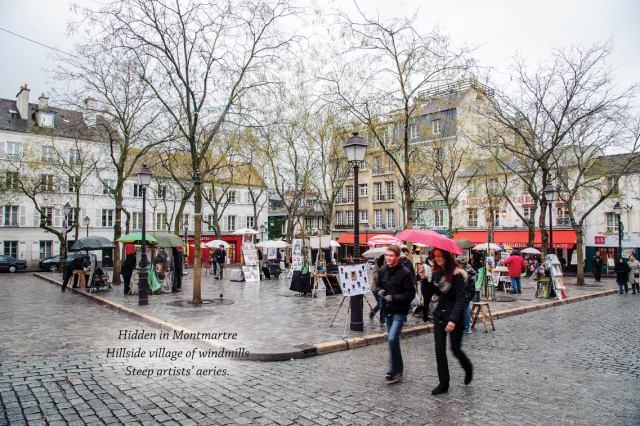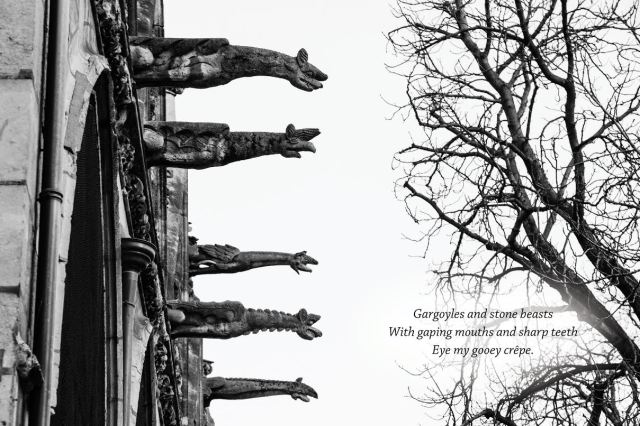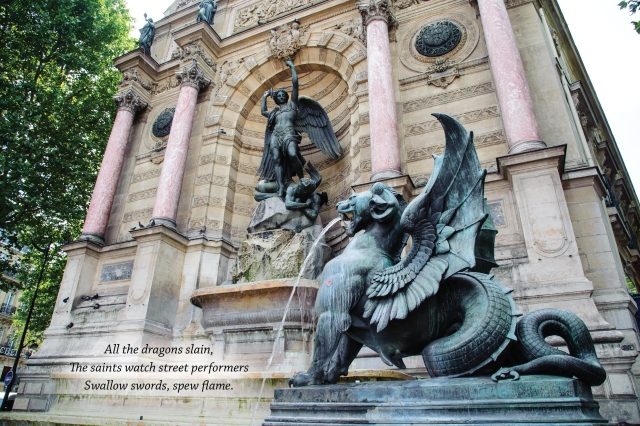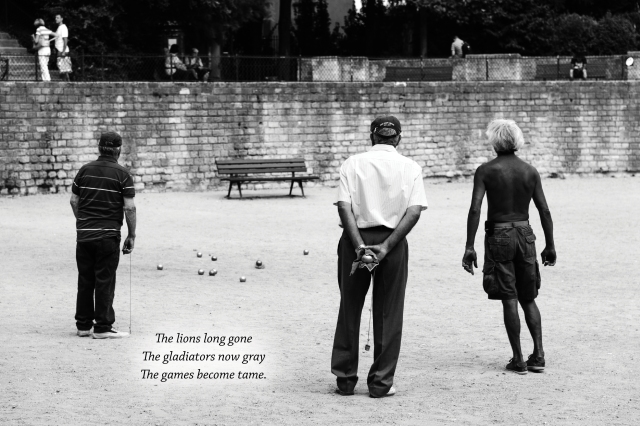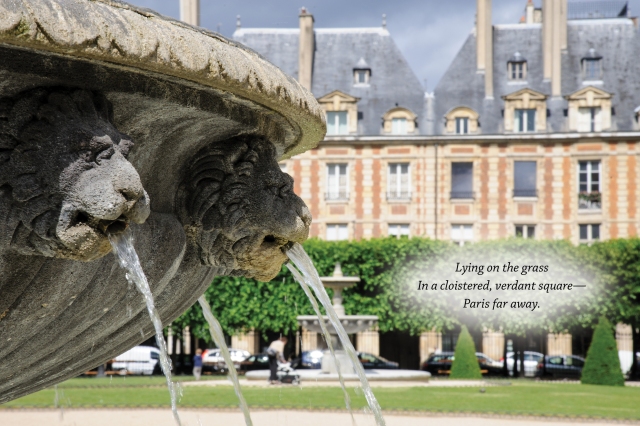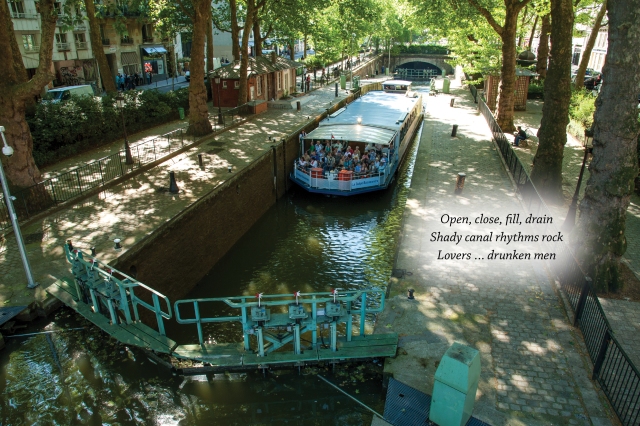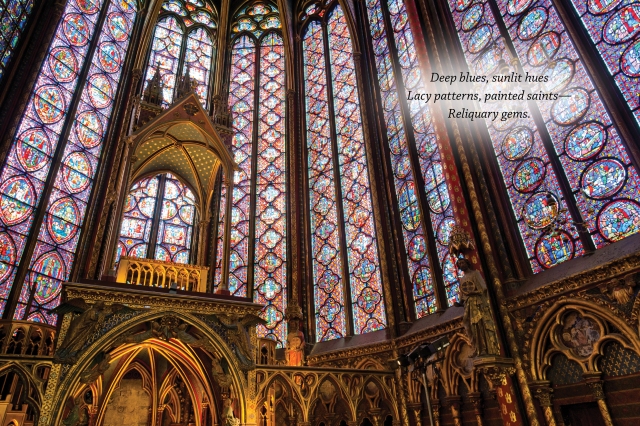(Part One: Mostly Non-Food Tips)
What you need to know on your first trip to France …
I have welcomed dozens of house-guests into my home over the 16+ years I have lived in France. Many were well-travelled, having been to myriad countries outside of the US and North America, as well as to numerous states in the US. A handful, however, were European “newbies” and, thus, had lots of questions, and a few anxieties, about their first time being across The Atlantic. Being out of their element and wanting to avoid embarrassing faux pas, they naturally needed to know how things are different from back home. Through this experience, I have learned to tell my “newbie” guests these things on their very first day:
Yes, You Can Drink the Tap Water
Although you might not be able to guess this by watching my French neighbors buying stockpiles of bottled spring water at the grocery store, you can drink the safe and frequently-tested tap water in France. Many French buy bottled water for its taste and mineral content. The water is safe to drink almost everywhere in western Europe. Because the water from desalination plants makes the tap water taste “funny” on Malta, however, most residents drink bottled water there, even though the tap water is safe.
To encourage Parisians to drink more tap water, the city’s water utility company has informative exhibits on how Paris gets its water at its visitor center (popular with local teachers and their classes). Add this to your list of little-known-but-interesting places to see on your next trip. Before leaving, snap up one of the charming Made-in-France carafes and serve your own tap water in your authentic “Eau de Paris” carafe d’eau when you get back home. The carafes sport cute designs (the Paris skyline and monuments, for example) and make practical souvenirs. The visitor center is free; the carafes are 10 Euros each. Link: http://www.eaudeparis.fr/nc/lespace-culture/actualites/actualite/news/eau-de-paris-lance-sa-nouvelle-collection-de-carafes-a-chacun-e-son-modele/
Say “Bonjour” First … ALWAYS!
You are polite back home, of course. You often greet people with “Good morning” or “Hello” before asking questions; but at other times, just your smile, tone of voice, word choice, demeanor, or eye contact with a little tilt of the head is enough of a polite greeting or acknowledgement before asking questions or soliciting assistance. Not so in France! There’s just one way to be polite with shopkeepers, new acquaintances and strangers: “Bonjour!” Even more polite is “Bonjour, Madame” or “Bonjour, Monsieur.” Practice before you get on the plane, so you are ready when you land. Follow up with practicing excusez-moi, pardon, s’il vous plait, merci, merci beaucoup, au revoir, bonsoir, bonne journée and bonne soirée … and then pack your bags. Greet every shopkeeper as you enter his or her establishment with “Bonjour!” Wherever you travel, using good local manners will make your interactions with residents more pleasant. Your mom and your kindergarten teacher told you so!
You May Need to Pay to Pee
It can be challenging to find a public restroom while wandering the streets of Paris. But cafés, brasseries, and bars are everywhere. Pop into one, order un café (it’s cheapest at the bar, if they have one), and then go find les toilettes. At some establishments, you’ll need to get a little jeton (token) to put into the lock-box on the toilet door. Private restaurant “water closets” are for customers only; you pay to pee by buying a cup of coffee. Some parks, shopping malls and department stores make you pay to pee now, too—but that also means they are attended, clean and well-stocked with the necessities. This is a good reason to get a few Euros from an ATM soon after arrival; look for one in the airport.
Unisex Bathrooms Are Normal
There are many unisex restrooms in France. The bathrooms inside your own home are all unisex, but you aren’t used to sharing them with complete strangers, of course! Even when separate stalls are marked for men and women, in many restrooms the handwashing area is shared by all. If a woman comes into the restroom and finds her designated stall already in use, don’t be surprised if she ducks into an empty men’s stall, and sometimes vice versa—which means no one will mind if you do it, too. When in Rome, and all that. Oh, and locate the light switches on the stall wall upon entering, so when the timer turns the light off you aren’t fumbling in the dark for too long! Reflect on what a great energy-saving feature this is while fumbling.
Taxes and Tips Are Already Included in the Prices
The price tags on merchandise already include the taxes. And, in restaurants, prices on the menus already include both the taxes and the tip (usually 15%). You don’t need to leave extra, although many folks round the bill up to the nearest Euro or leave a few coins. Americans will often leave an extra 5%, but it’s OK if you don’t.
Don’t Handle the Produce in the Market Stalls
In regular grocery stores, you select your own produce, and then bag it and weigh it yourself. The market merchants do this for you in most open-air markets. It is rude to handle, squeeze and sniff the food there! Market vendors consider themselves experts on the fresh produce and other foods they sell, and are proud of their offerings and service to their customers. Ask questions, yes, but please don’t touch. This holds true for the antiquarian booksellers or bouquinistes who operate out of those dark green, clam-shell stalls perched on the walls along the Seine—it’s best to ask to handle the old prints, books and papers … just in case. Even better: ask to handle only if you really intend to buy something!
Carry a Reusable Shopping Bag
France is moving away from wasteful and polluting, single-use, plastic bags and encouraging everyone to carry their own reusable bags. I carry “stuffable,” washable nylon ones. If you are not offered a bag for your purchases (very common now), and you don’t have any with you, just ask for them and you will be charged a nominal fee per bag for what you need. The cashiers have a stash to sell you.
In Part Two, I will address some basic food tips “newbies” should have before venturing into their first Paris restaurant. And, now for the haiku:
——————————————–
Wandering from home …
Step in the right direction
To avoid faux pas
——————————————–

